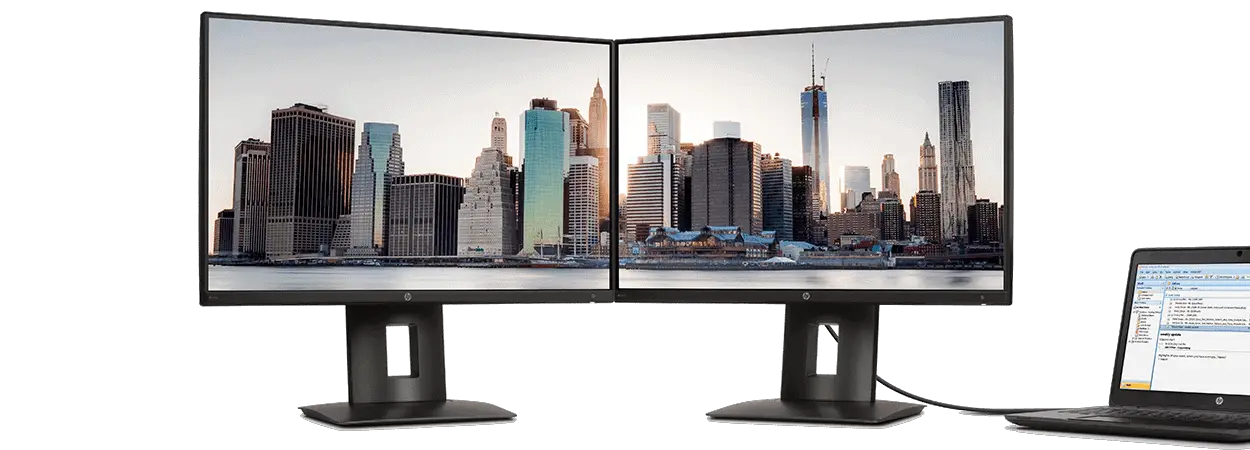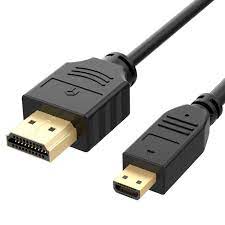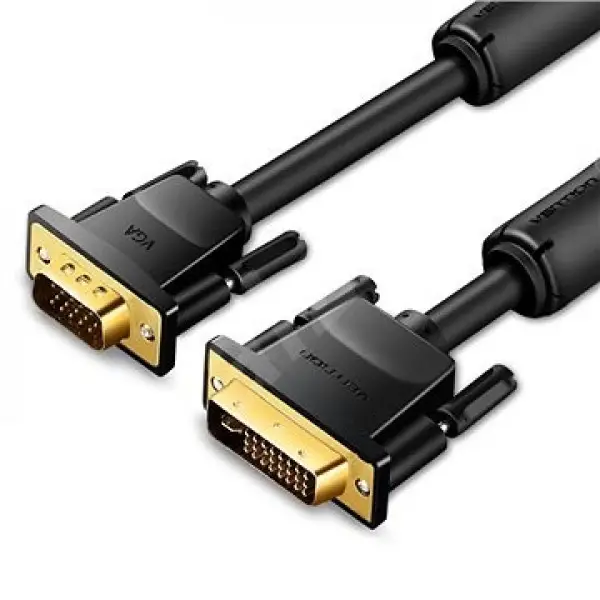Having two monitors for your computer can be a great way to increase productivity. Not only does it give you more space to work, but it also helps you multitask more efficiently. However, you’ll need some cables and adapters if you want to utilize dual monitors.
Learn How to Change Mouse Direction on Dual Monitors in our article.

What Cables Do I Need for Dual Monitors?
If you have a newer computer, the best and easiest option is to use an HDMI cable to set up dual monitors. However, if you have an older computer, you may use a VGA or DVI-A adapter or a DisplayPort adapter for older systems.
The first thing you’ll need is an appropriate adapter for your computer. Depending on the type of ports available on your computer, you may need a VGA or DVI-A adapter for older systems, an HDMI adapter for newer computers, or a DisplayPort adapter for more recent methods. These adapters and the proper cables will allow your device to communicate with both connected displays.
See below example of HDMI cable:

Next, depending on the adapter (like VGA vs. HDMI), you’ll need one or more cable types. Commonly used styles include VGA cables, HDMI cables, DVI-D and DVI-I dual link cables (for higher resolutions), and DisplayPort cables. It’s important to note that each cable type has distinct advantages and disadvantages when connecting multiple monitors to a single system.
See below an example of a VGA cable:

For instance, VGA cables are inexpensive and widely available but are limited in terms of resolution compared to other cable types. Additionally, using longer lengths with VGA cables has potential for signal loss,, which can impact image quality. HDMI is a better choice overall since it supports higher resolutions while also providing audio support in addition to video signaling all over one cable; however, they are slightly more expensive than other alternatives and require an individual port on the computer device itself instead of being able to daisy chain like some alternatives. For higher-end applications with extremely high resolutions and refresh rates, DVI-D dual link cables or DisplayPort may be ideal depending on the port configuration available on both connected devices, as these technologies can provide much higher bandwidths than previous solutions.
No matter which type of adapters/cable combo is chosen, compatibility between devices is essential to achieve optimal performance without having any problems down the line due to incompatibility issues or inappropriate use (e.g., using too long a length or low-grade cable). Additionally, valuable accessories such as wall mounts/stands might be considered to make the best use of both screens by allowing them to be mounted in various configurations, such as side by side or stacked one above another, depending on personal preferences.
- Facebook Ads to Get Followers! - December 27, 2024
- ClickUp vs. Slack - December 20, 2024
- Mastering E-Commerce Analytics: A Blueprint for Success



